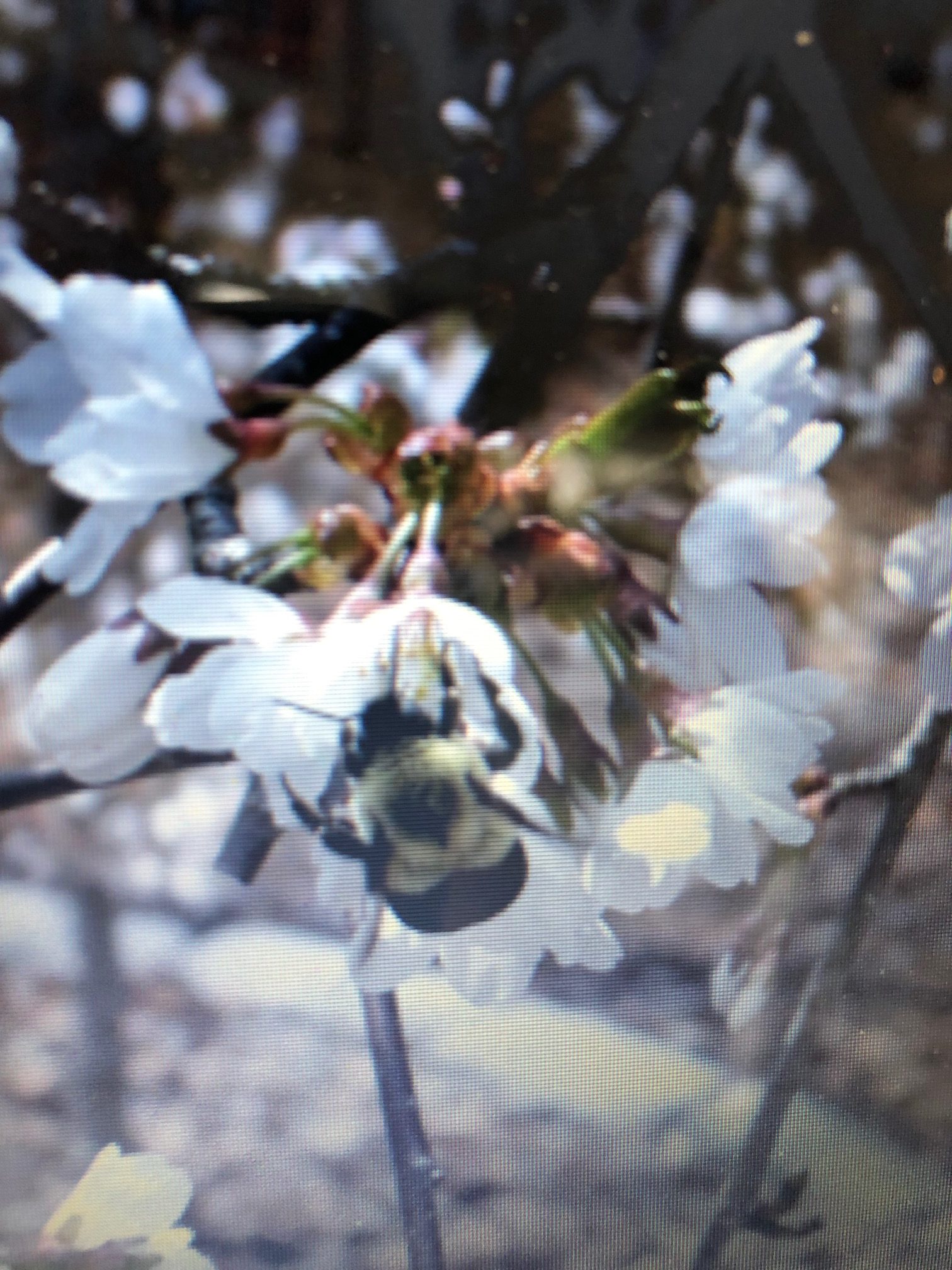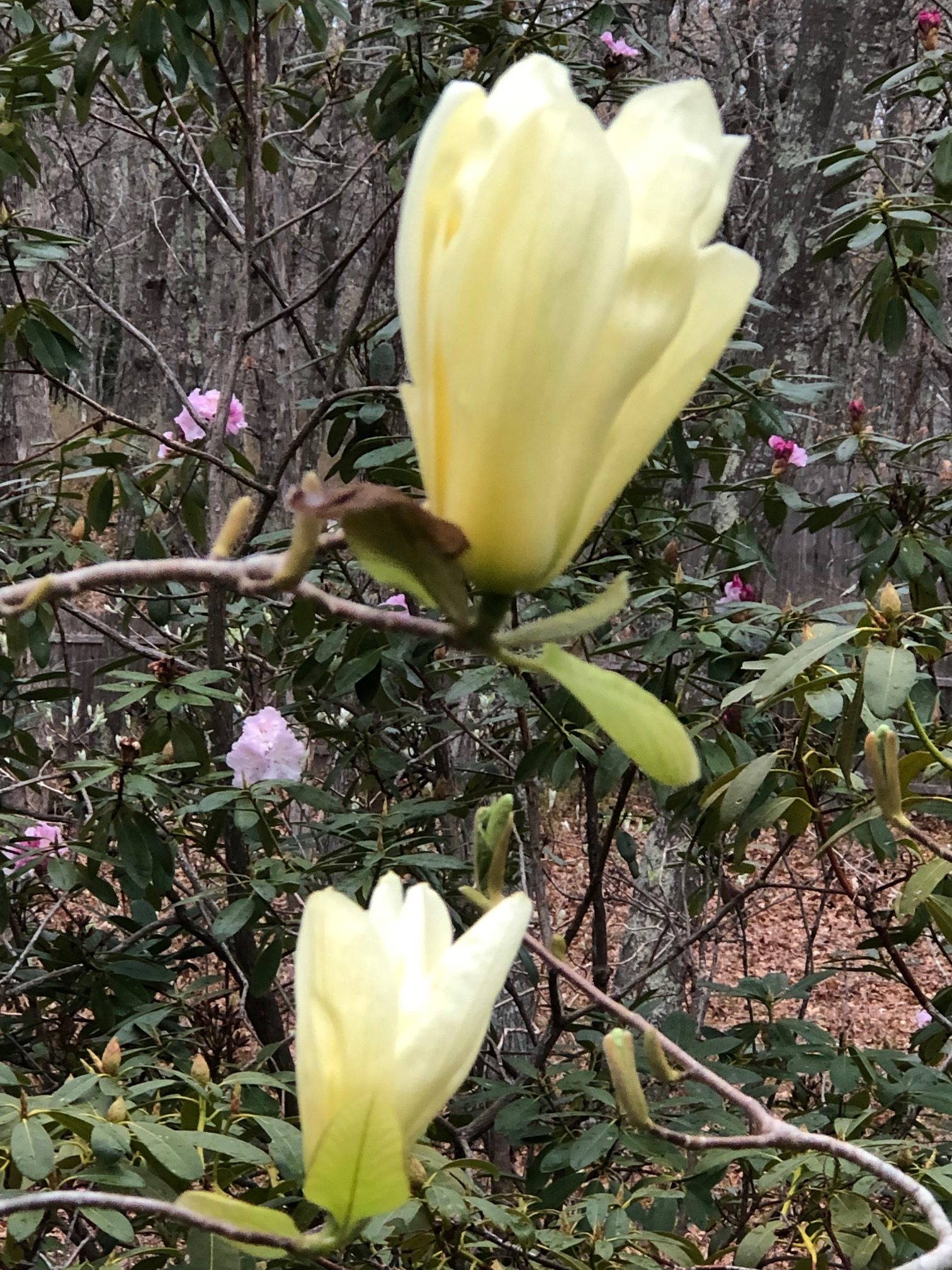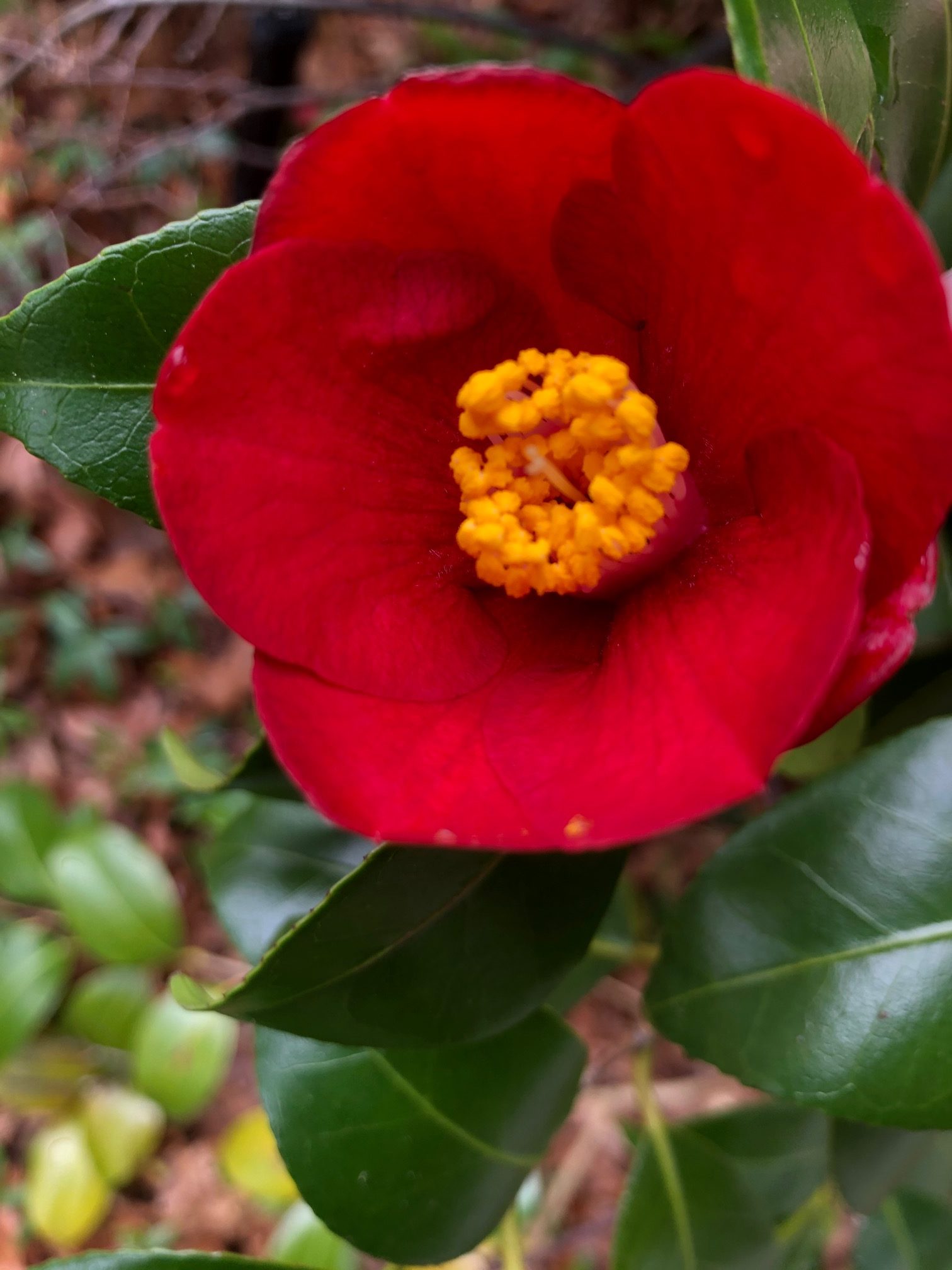I love Bumblebees.
They are chubby, fuzzy, buzzy, and beautiful. By nature, these native pollinators are docile, non-aggressive insects — totally absorbed with flowers, not with stinging. (Wasps, on the other hand, harbor evil intent: They lie in wait for a gardener to walk by and then pursue and sting to kill — for no reason. Ask me how I know this.)
Back to the bees. I recently discovered another reason to love them. Like me, they appreciate their morning cup of coffee. Studies have shown that bees prefer naturally caffeinated flowers like those from coffee and citrus plants. And caffeinated bees have improved memories, helping them to find nectar. I’ll have to up my caffeine intake!
Bees and gardeners are now safer since toxic glyphosate has finally been removed from the herbicide Roundup — but, regretfully, removed only from Roundup formulated for home and garden use. Roundup for agricultural purposes will still contain cancer-linked glyphosate. And new toxic chemicals have been added to the formula for garden use.
Why play Russian Roulette with your health and the health of the wildlings gracing your garden? You can successfully garden without herbicides, pesticides, and other toxic chemicals. Plants can and do flourish in organic gardens. Consider these April/May blooming beauties:
Magnolia denudata ‘Yellow River’ Z 4-9
Though this cold-hardy China native is small in stature — after many years in my garden, it’s only about 6 feet tall — it produces an abundance of large, fragrant, showy, buttery-yellow flowers. Yellow River has been a reliable bloomer and hasn’t suffered any disease or insect problem. Provide acidic, organically rich, well-drained soil in sun or shade.
Camellia japonica ‘Korean Fire’ Z 6-9
I am beguiled by Camellias. I can’t resist them. But too often they are killed by voles and by dramatic shifts in the weather. I swear then never to buy another. Yet, this year, I bought six gorgeous plants. Can’t help myself: I’m addicted.
I celebrate here — and urge you to consider — the long-lived, award-winning Camellia, C.j ‘Korean Fire.’ It has flourished and flowered prodigiously for over a decade in my organic garden. The shrub has glossy, disease-free, evergreen foliage. And it is very cold-hardy — not surprising since the original plant was collected from an area in Korea with frigid weather conditions. Masses of fire-engine-red flowers are produced in Spring.
I planted Korean Fire north of the house in acid, well-drained, organically enriched soil, following the advice of the Camellia guru, William Ackerman. His book, Beyond the Camellia Belt, is an essential reference for anyone growing cold-hardy Camellias.
My go-to mail-order source for Camellias is Camellia Forest Nursery, www.camforest.com; 919-968-0504; camelliaforest@gmail.com. And do check out their singular selection of trees and shrubs.


